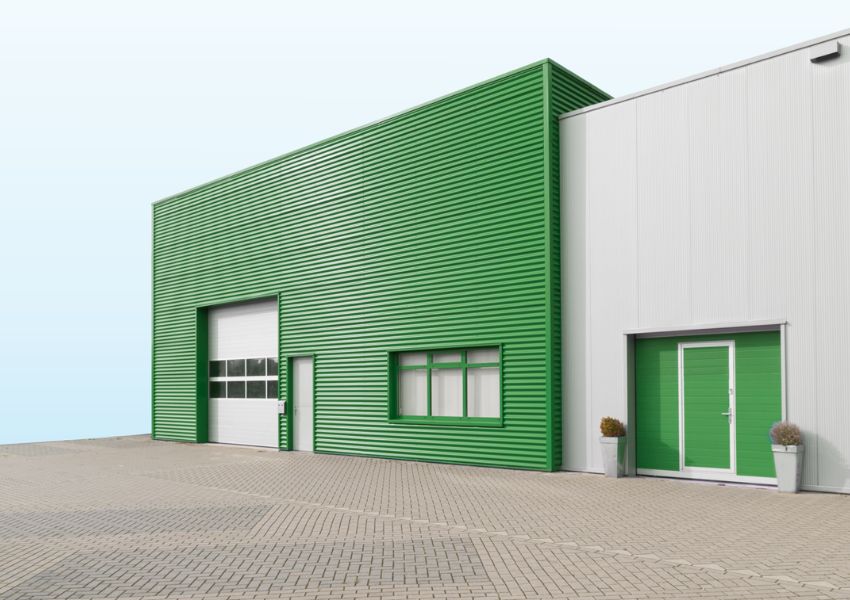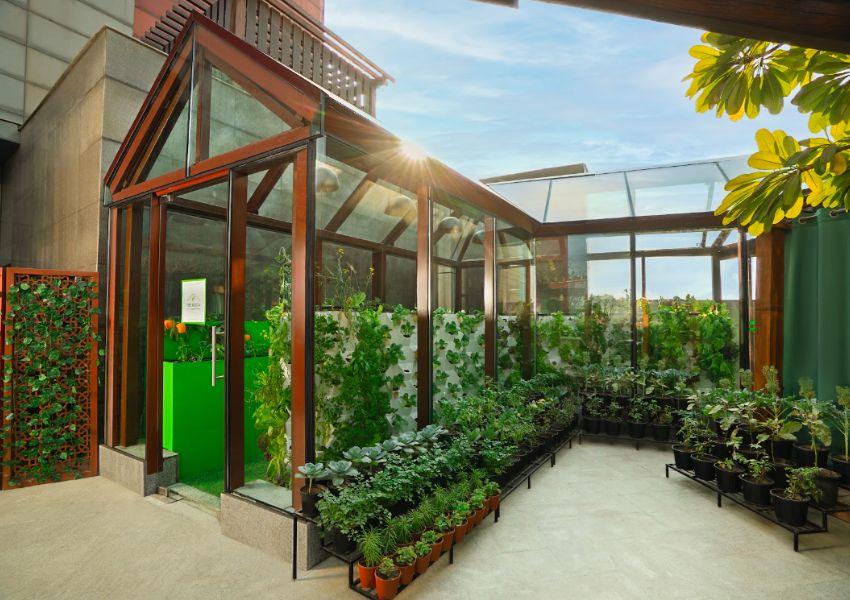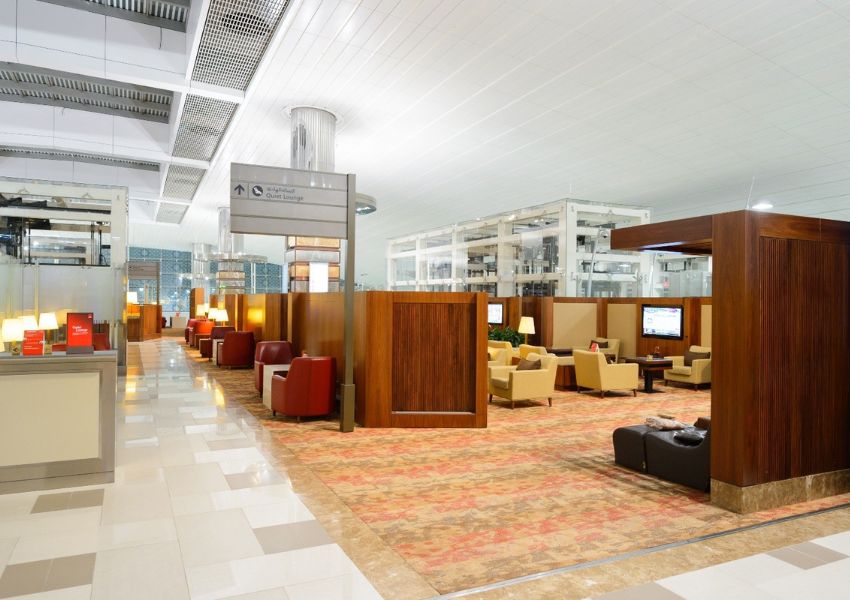Designing For Wellness: Advantages Of Climate Responsive Design

By working in tandem with nature, architects and designers can create structures that not only enhance the quality of life for occupants but also contribute to a more sustainable future
Byline: Sunita Purushottam, Head – Sustainability, Mahindra Lifespaces
As concerns over climate change and its impact on human health continue to grow, the concept of climate-responsive design has gained significant traction in the real estate and construction industry. This approach emphasizes the creation of built environments that harmonize with local climate conditions, prioritizing occupant well-being and minimizing the ecological footprint of buildings.
At its core, climate-responsive design is about leveraging the natural elements – sunlight, wind, precipitation, and temperature – to create comfortable and healthy indoor spaces while reducing reliance on energy-intensive mechanical systems. By working in tandem with nature, architects and designers can create structures that not only enhance the quality of life for occupants but also contribute to a more sustainable future.
Climate responsive design: It is design for “least possible air-conditioning; and no artificial lights during the day” It is design that helps :
1. Minimize solar radiation ingress through windows in summer.
2. Minimize heat gains through walls and roof!
Strategies deployed are orient buildings with long face north-south, shade windows, reduce wall to window ratio, insulate roof and walls, and reflect the heat away. In feasible climates and outdoor conditions, maximize building’s potential to cool via natural ventilation. This type of design also maximises the use of natural light without glare and visual discomfort.
One of the primary advantages of climate responsive design is thermal comfort and improved indoor air quality. Current buildings made with concrete and glass often rely heavily on artificial ventilation and air conditioning, leading to stale, recirculated air that can harbour pollutants and allergens. In contrast, climate responsive buildings incorporate natural ventilation strategies, such as strategically placed windows, ventilation shafts, and courtyards, allowing for a constant flow of fresh air. This not only improves respiratory health but also promotes cognitive function and productivity. A study by the Harvard T.H. Chan School of Public Health found that improved ventilation and lower indoor air pollutant levels can lead to significant improvements in cognitive function scores.
Thermal comfort is another key aspect of climate responsive design. Thermal comfort is a person’s state of mind in relation to how warm or cold they feel. It can impact health and well-being in several ways By incorporating passive strategies, such as insulation, shading devices, and good building envelope , buildings can maintain comfortable indoor temperatures with minimal reliance on energy-intensive mechanical systems. This not only reduces energy consumption and associated greenhouse gas emissions but also creates a more comfortable and healthier living or working environment for occupants. Research by the International Energy Agency (IEA) has shown that buildings designed with passive cooling and heating strategies can reduce energy consumption for heating and cooling by up to 50 per cent.
Furthermore, climate responsive design prioritizes the use of natural lighting, which has been shown to have a profound impact on human well-being. By carefully considering the building’s orientation, window placement, and the use of light-reflecting surfaces, architects can maximize the penetration of natural light into interior spaces. This not only reduces the need for artificial lighting but also helps regulate circadian rhythms, improving sleep quality and overall mood.
Beyond the direct benefits to occupants, climate responsive design also contributes to goal of environmental sustainability. By minimizing energy consumption and reducing the demand for air conditioning and heating, these buildings have a lower carbon footprint, helping to mitigate the effects of climate change and provides resilient housing for its inhabitants. Research by the International Energy Agency (IEA) has shown that buildings designed with passive cooling and heating strategies can reduce energy consumption for heating and cooling by up to 50 per cent.
It is important to note that climate responsive design is not a one-size-fits-all approach. Successful implementation requires a deep understanding of local climate conditions, cultural traditions, and the specific needs of the building’s occupants. Architects and designers must carefully analyse factors such as temperature, humidity, wind patterns, and solar exposure to develop tailored solutions that maximize comfort and efficiency.
Artificial cooling is not available for all, and in a world where heat resilience is an issue it is important that we build homes that are designed to least possible air conditioning. It is time to look at better building envelope – explore materials other than concrete, limit the use of glass. These two factors bring in thermal discomfort and force inhabitants to fit ACs. As the world average temperature continues to rise, winters have become non existent, summers prolonged its time we bring in designs that are climate responsive and nature centric. This is critical for human health and wellbeing.As the world continues to grapple with the challenges posed by climate change, the adoption of climate responsive design principles has become increasingly crucial. By creating built environments that work in harmony with nature, we can enhance human well-being while simultaneously reducing our environmental impact. The advantages of this approach extend far beyond the boundaries of individual buildings, contributing to the creation of more sustainable and resilient communities for generations to come.



































































































































































































































































































































































































































































































































































































































































































































































































































































































































































































































































































































































